Expert advice to guide you to the perfect surface underfoot.
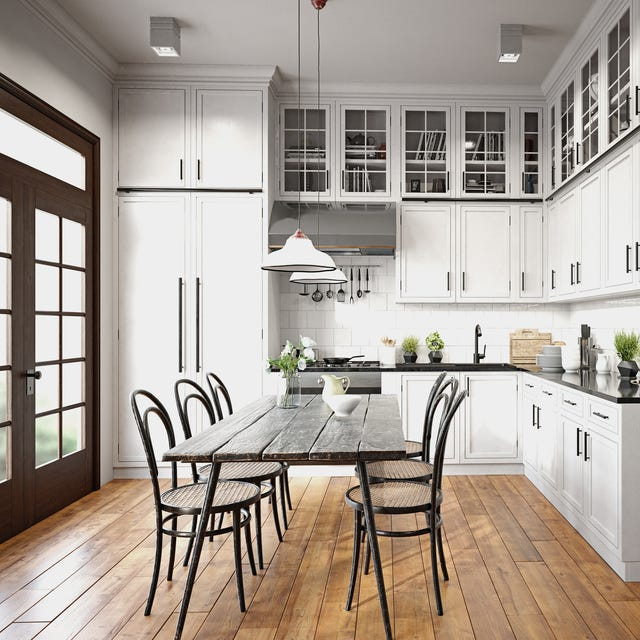
Few features in the home combine form and function quite like flooring. You literally walk all over it, yet it’s also a crucial design element, every bit as visually impactful as paint colors and furniture. Then there’s the size of the investment, especially if you’re redoing the floors throughout your entire home. “It’s not far behind the cost of a new car or all new kitchen appliances, but most people aren’t armed with nearly as much information,” says Carol Swedlow, President of Aronson’s Floor Covering, which has been selling all manner of flooring out of its New York City showroom since 1867.
Few features in the home combine form and function quite like flooring. You literally walk all over it, yet it’s also a crucial design element, every bit as visually impactful as paint colors and furniture. Then there’s the size of the investment, especially if you’re redoing the floors throughout your entire home. “It’s not far behind the cost of a new car or all new kitchen appliances, but most people aren’t armed with nearly as much information,” says Carol Swedlow, President of Aronson’s Floor Covering, which has been selling all manner of flooring out of its New York City showroom since 1867.
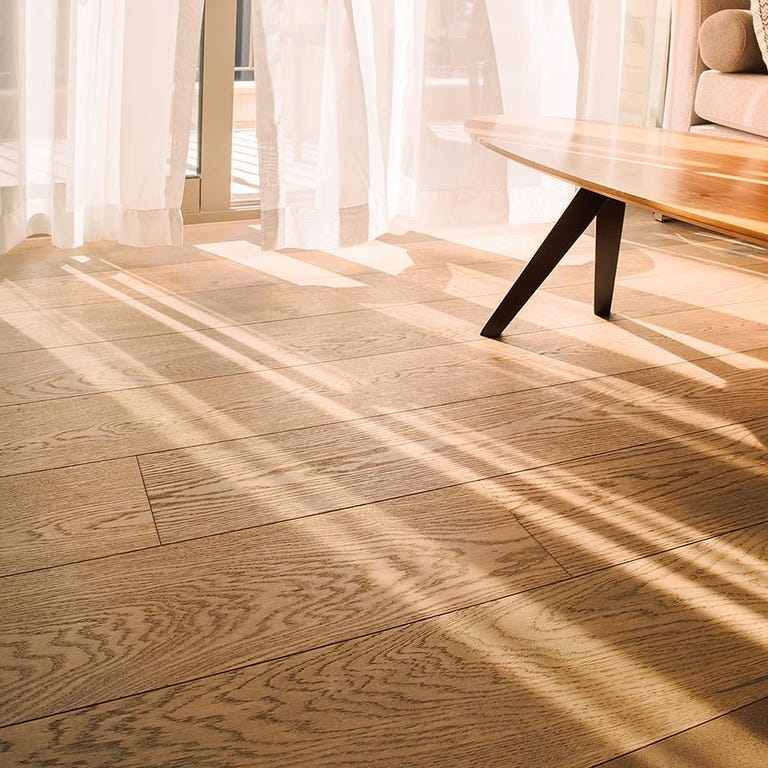
There are two main types of hardwood flooring: solid wood flooring, which as the name implies consists of a one solid piece of wood, and engineered wood flooring, in which a thin veneer of real wood is bonded to layers of structural plywood. Both types come in up to fifty species, with some of the most popular options being oak, ash, maple and walnut.
Pros: The warmth and beauty of hardwood flooring explains its enduring appeal. Since the material can be sanded and refinished multiple times (especially solid wood versions) a well-maintained hardwood floor can last for decades, or even centuries.
Cons: The biggest downside is cost. Though some species are less expensive than others, wood flooring tends to be the most expensive. It’s also subject to dents and scratches, plus solid flooring in particular will expand and contract with changes in humidity levels, leading to cracks, splinters and squeaky boards (engineered flooring does much better with moisture, making it suitable to kitchens and basements).
Cost: Solid wood flooring, $5 to $10 per square foot, installed; Engineered wood flooring, $4 to $9 per square foot, installed.
Laminate Flooring

Laminate is another engineered product, though instead of a veneer of wood on top, it uses a photo of wood (or stone or any other material) and adds a protective plastic coating. The substrate of laminate flooring typically consists of dense fiberboard.
Pros: The plastic topcoat is extremely resistant to scratches and dents, making laminate one of the most durable flooring options. It’s also among the least expensive and it often comes as a DIY-friendly “floating” floor system, with planks that snap together, instead of having to be nailed or glued down.
Cons: Not many people will mistake laminate flooring for real wood or stone. It tends to have a plastic feel and sound underfoot, and the repetition of patterns can give away its fakeness. Laminate can never be refinished, so it’s not a forever floor. And the use of formaldehyde and other chemicals in the manufacturing process makes it a less healthy and less sustainable choice.
Cost: $3 to $7 per square foot, installed.
Vinyl Flooring
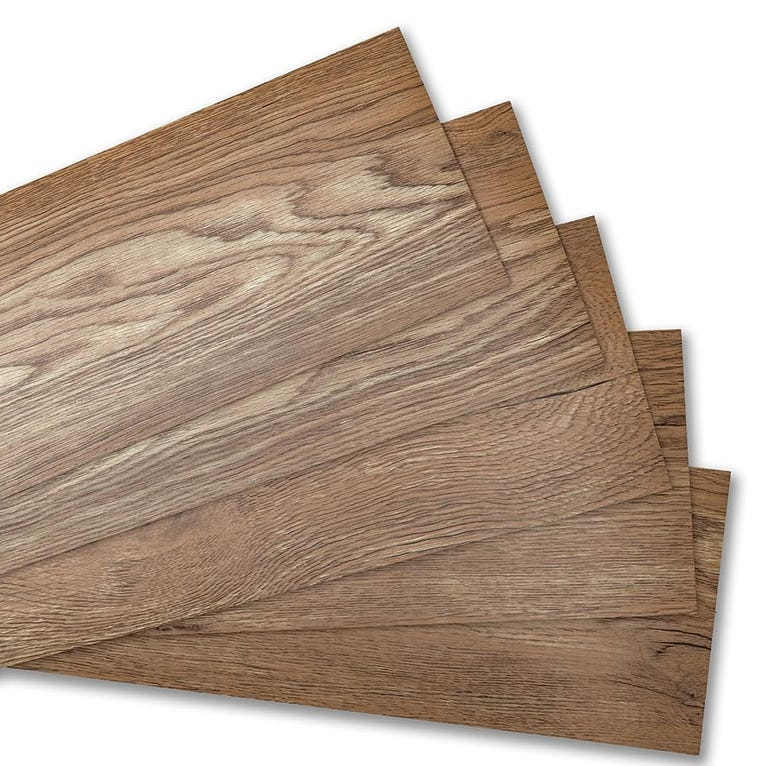
Also known as resilient flooring, vinyl is the fastest-growing category of flooring. It ranges from inexpensive, DIY-friendly peel-and-stick tiles to so-called luxury vinyl tile (or LVT, for short) which consists of multiple layers, including a design layer with a high-definition printed image, a durable top layer and several cushion layers.
Pros: Entry-level sheet vinyl is very affordable. All vinyl resists stains, scratches and dents, plus its waterproof, making it safe for basements and bathrooms. Installation is easy, particularly for adhesive tiles and floating planks. LVT is a thick, sturdy tile that has the look and feel of real wood. In fact, our product experts often have trouble distinguishing LVT from solid wood in tests.
Cons: Though patterns and color options have improved, even LVT is still a far cry from real wood or stone, so it will never pass muster with the purists. It can’t be refinished, meaning once it does begin to wear out, the only choice is a full replacement. LVT is also surprisingly expensive, often rivaling the cost of real wood.
Cost: $2 to $6 per square foot, installed.
Carpet

Though carpet has been losing market share to resilient flooring, it’s still the biggest flooring category in the U.S. Most carpet sold in this country is tufted, with small, usually nylon fibers poking up through a backing that’s typically made of polyurethane. Then there’s woven carpet, which is more common in Europe and is made by weaving lengths of yarn that is usually made of wool. Woven carpet is several times more expensive than tufted carpet.
Pros: Carpet is the most comfortable and cost-effective flooring material and it’s available in a wide range of colors and patterns. It installs easily and carpet is easy to maintain, requiring just regular vacuuming. Stain-resistant versions are even easier to keep clean.
Cons: The main knock against carpet is that it holds dirt and dust, which can be particularly unpleasant for allergy sufferers. Woven carpet is much better at resisting this, since its construction doesn’t create places for dirt to hide. Wool is also anti-static, so it doesn’t attract dust the way nylon tufted carpets will.
Cost: $3 to $10 per square foot, installed.
Stone Flooring
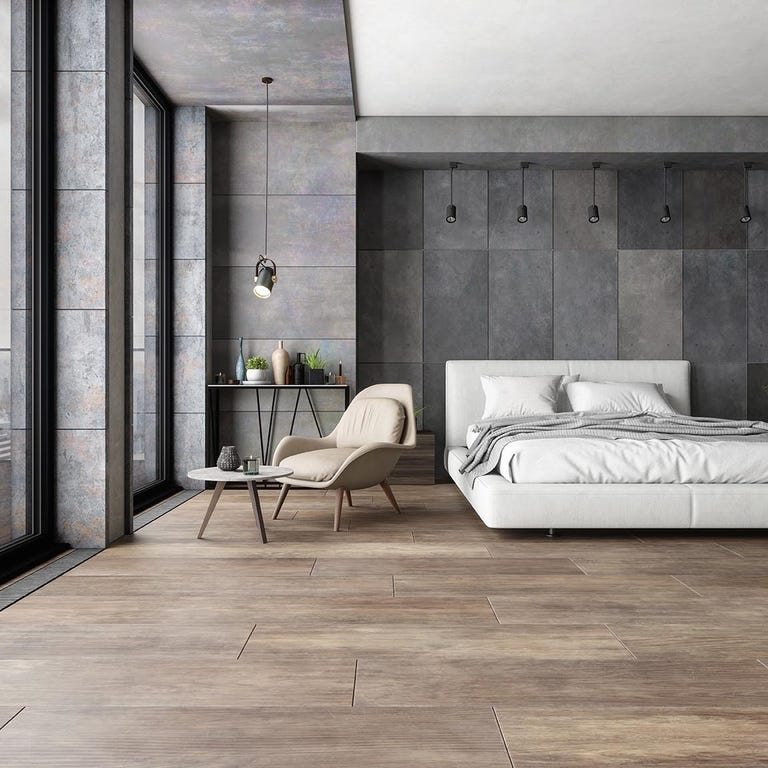
Like wood, stone is another timeless flooring material that almost always adds value to the home. Three types of stone are used for flooring. Sedimentary stones like travertine and limestone are formed by layers of dissolved minerals and marine organism. Igneous stone like granite is the result of extreme heat and volcanic action. Metamorphic stone like marble and slate has changed from one state to another under extreme heat and pressure.
Pros: Because no two stones are the same, stone flooring has tons of character and uniqueness. Stone is also a durable material that can withstand heavy foot traffic and fading under intense sunlight. It also keeps the dust and allergens at bay.
Cons: You’ll pay a premium for most stone flooring and it requires professional installation. Stone floors aren’t soft underfoot and dropped dish ware is almost certain to break when dropped on it. Many types of stone floors require sealing to resist stains.
Cost: $3 to $7 per square foot, installed.
Concrete Flooring

This basic building material has been seized by high-end builders and designers as a fashion-forward material for floors, as well as kitchen countertops. A poured-in-place concrete floor can be the expected shade of institutional gray or it can be colored with dyes. It can also take on different surface treatments, from acid stains to rubber-stamp stencils, creating a truly one-of-a-kind effect.
Pros: Besides its uniqueness, concrete floors are durable and easy to maintain, assuming they’re properly sealed during installation. The material conducts heat well, so concrete floors are a good option if you’re planning on radiant heating, whereby hot water tubes are embedded in the floors during the installation process.
Cons: Since it’s basically a custom product, concrete floors are pricey and require professional installation. The rock-hard material is also unforgiving, and it needs to be resealed every year or so to prevent stains.
Cost: $3 to $8 per square foot, installed
Tile Flooring
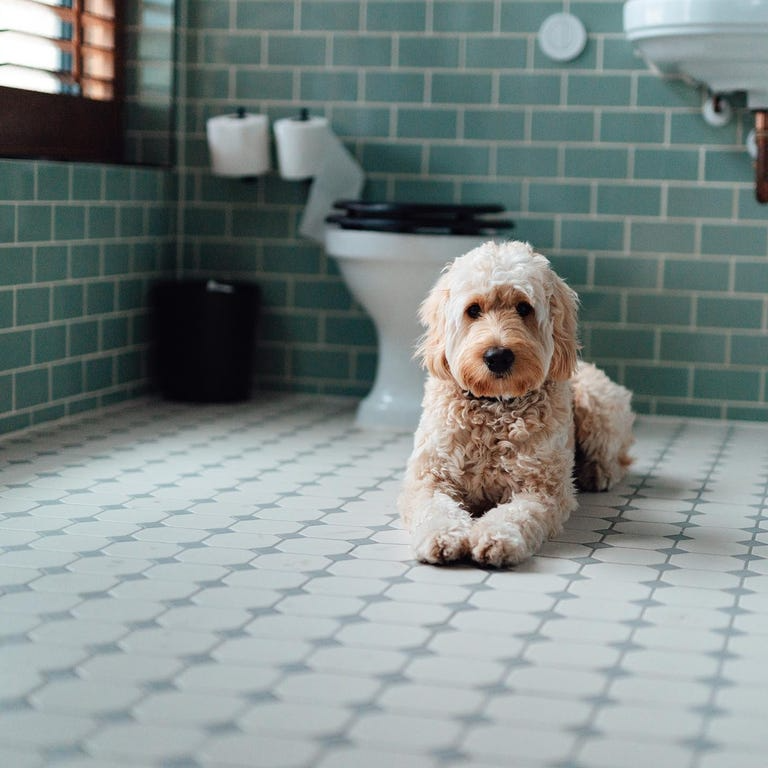
This basic building material has been seized by high-end builders and designers as a fashion-forward material for floors, as well as kitchen countertops. A poured-in-place concrete floor can be the expected shade of institutional gray or it can be colored with dyes. It can also take on different surface treatments, from acid stains to rubber-stamp stencils, creating a truly one-of-a-kind effect.
Pros: Besides its uniqueness, concrete floors are durable and easy to maintain, assuming they’re properly sealed during installation. The material conducts heat well, so concrete floors are a good option if you’re planning on radiant heating, whereby hot water tubes are embedded in the floors during the installation process.
Cons: Since it’s basically a custom product, concrete floors are pricey and require professional installation. The rock-hard material is also unforgiving, and it needs to be resealed every year or so to prevent stains.
Cost: $3 to $8 per square foot, installed
Tile Flooring
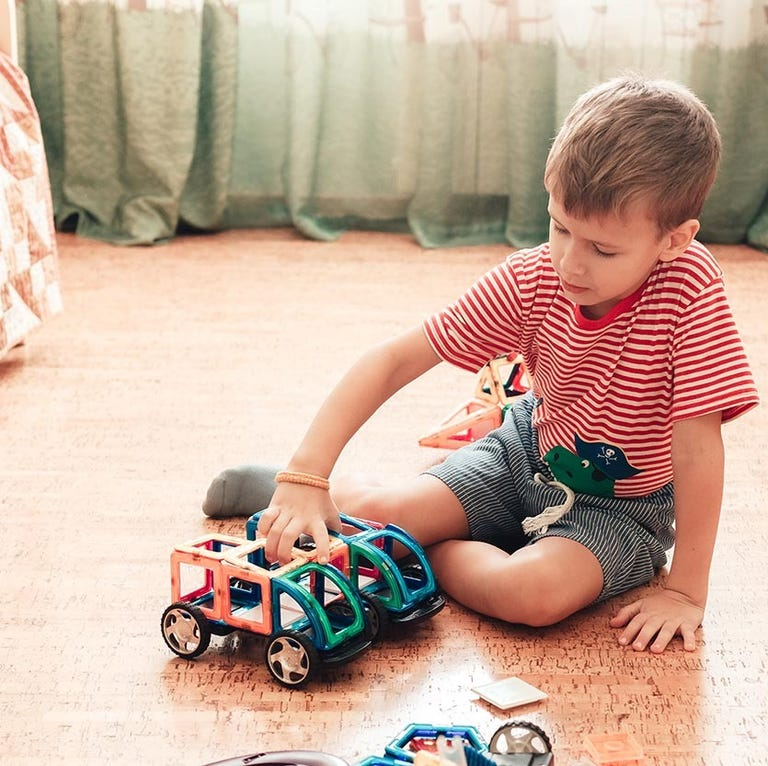
Another niche flooring product, cork is a renewable material that’s made from harvesting the bark of cork trees. It has its fans (Swedlow calls it “the best stuff on earth”), but it’s a category with a particularly wide range in quality, so it’s best to source it from a specialized flooring dealer who can help steer you to a top-performing line.
Pros: Cork’s light, airy quality makes it one of the most comfortable flooring materials. It’s also water-resistant and doesn’t become slippery when wet, making it suitable to kitchens and bathrooms. Cork is non-toxic and eco-friendly.
Cons: The material is prone to fading under intense sunlight. Cheaper versions will damage easily, showing scratches from heavy foot traffic, furniture and pets.
Cost: $5 to $14 per square foot, installed.